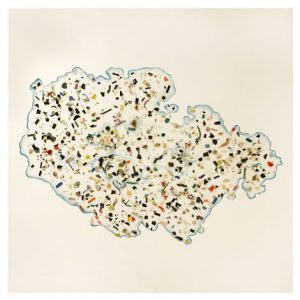Your website is your most important outreach tool to market your art. It should be a place where you can send clients, potential clients, and reporters to get exciting images of and information about you and your work.
It should be able to answer their questions when you can’t be reached. And it should always let people know how and where they can next see your work.
Once your website is perfect, you can reach out to the media.
1. Deeply consider all the aspects of your work that might interest a newspaper, magazine or blog. This might be the pure aesthetic power of your work, but most likely the aspects that get you media coverage are less visual. What part of your own personal narrative is interesting to readers? Make a list of all the possible points of view around your work. Do you use interesting materials? Are those materials sourced from some place special? Does the nature of your work relate to current events? Do you have an interesting personal history? Did someone of interest purchase your work?
2. Build a list of media contacts. This takes time and patience. Read as much as you can and keep track of the writers. Editors are NOT your only contacts. Find bloggers and journalists who you think might take interest in you. Keep them on your mailing list and make sure they receive updates about your exhibits by mail or email, but do not email them more than once a month or you run the risk of pushing them to unsubscribe.
3. Never underestimate the power of small, local newspapers. You are more likely to sell to someone in your neighbourhood, who read about you in a local paper than to someone who doesn’t have the opportunity to see your work in person.
4. When you pitch a story to a writer or editor, keep these four very important rules in mind.
a. Never suggest they write about you just for the sake of it. Develop an angle or a “hook” that relates to their readership. What is the value of your story? If there are other artists who do work much like your an own, suggest a story about that includes you as well as others.
This is slightly less self-promotional and has a broader appeal. For instance, if your work comments on the current economic situation, name other local artists who relate their work to current market trends and suggest a story on this genre.
- Keep your pitch very short. Three to five sentences.
c. Always include all your contact information and your website address.
d. If you attach images, make certain they are very low-resolution jpegs. If you send an email that fills up their mailbox or is slow to download, you will be doing more harm than good.
5. If you have an upcoming show, work with the gallery to make certain you have an adequate press package—something a reporter or potential client can take away.
This can include your CV, previous press coverage clippings, and postcard images of your work – or even a CD or DVD. Fact sheets are also helpful to ensure the press gets the information right.

